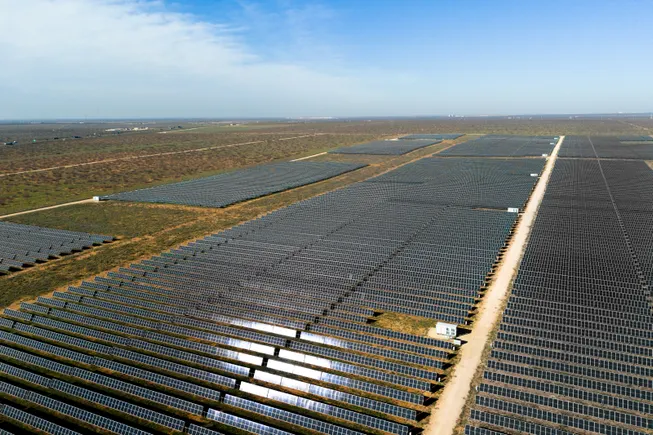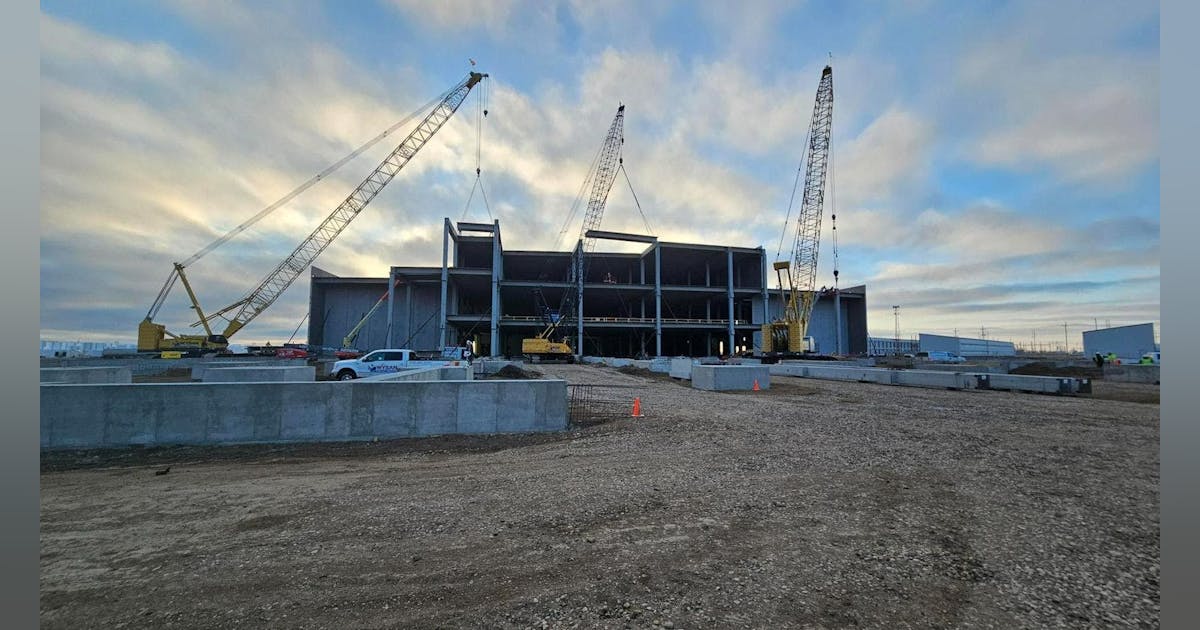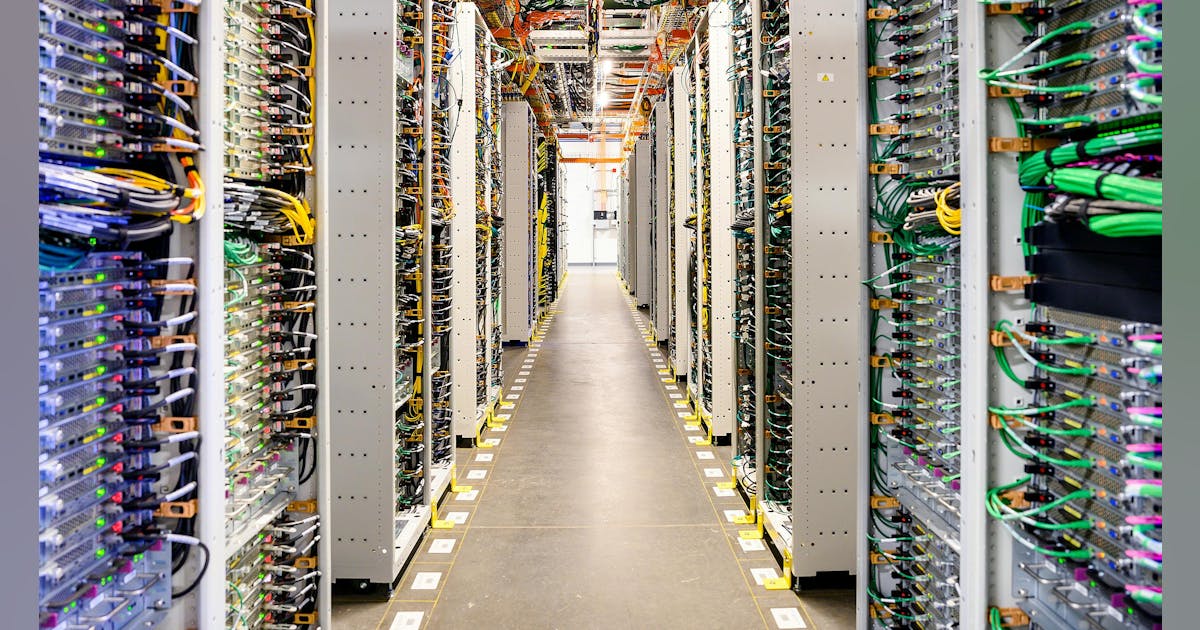
Flexibility. While most cloud vendors pitch themselves as a total cloud solution, the truth is that each major offering has strengths and weaknesses, and companies may not want to commit to one vendor if they have multiple cloud use cases.
For instance, an organization might use Microsoft’s Azure cloud for its analytics capabilities, but Amazon’s AWS to develop Alexa Skills applications. Even workloads developed to be theoretically vendor neutral may see better performance on different cloud platforms.
Geographic proximity and network performance. The whole notion of the cloud entices you to think of a cloud server as being somewhere “out there,” unconstrained by the limits of physical reality. In practice, some cloud vendors are going to be able to offer cloud servers that are physically closer to your users and customers than others, or that have a network connection to them with lower latency. You might want to turn to those providers for mission-critical, high-performance needs while using others as appropriate. And having clouds in different geographic regions can have regulatory as well as performance benefits, as you can store and secure data as appropriate for various data protection laws.
Keeping your eggs in multiple baskets. If your cloud provider were to suffer a massive and prolonged outage, that would have major repercussions on your business. While that’s pretty unlikely if you go with one of the hyperscalers, it’s possible with a more specialized vendor.
And even with the big players, you may discover annoyances, performance problems, unanticipated charges, or other issues that might cause you to rethink your relationship. Using services from multiple vendors makes it easier to end a relationship that feels like it’s gone stale without you having to retool your entire infrastructure.
It can be a great means to determine which cloud providers are best for which workloads. And it can’t hurt as a negotiating tactic when contracts expire or when you’re considering adding new cloud services.






















